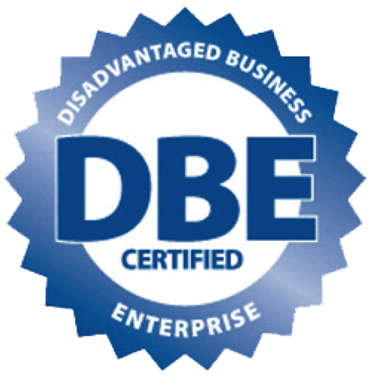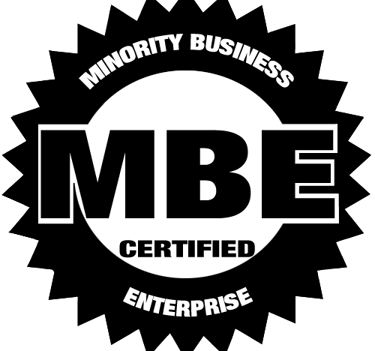

The Gift of Gratitude: A Thanksgiving Message on Leadership and Appreciation
1. Gratitude Is a Leadership Strategy, Not a Sentiment
Gratitude isn’t a seasonal gesture or a soft skill — it’s a strategic advantage. Studies from the Greater Good Science Center at the University of California, Berkeley, show that employees who regularly feel appreciated are 31% more productive and 44% more committed to their organization’s goals.[¹]
When people feel seen and valued, they communicate more openly, report issues sooner, and take greater pride in their work. That’s the foundation of both safety and retention.
Conversely, when employees feel overlooked or taken for granted, small frustrations can grow into disengagement — and disengagement increases risk. Mistakes rise, turnover climbs, and safety corners get cut. Gratitude helps prevent that downward spiral.
2. The Thanksgiving Reminder: Gratitude Reduces Workplace Risk
While Thanksgiving traditionally centers on food and family, its core message — thankfulness — applies directly to organizational health. Consider how gratitude influences risk in three simple ways:
Safer operations: Grateful teams communicate better, which leads to earlier hazard reporting and fewer “near misses.”
Lower turnover: Retention is one of the most effective cost controls. Employees who feel appreciated are far less likely to leave, taking valuable experience with them.
Improved mental health: Gratitude reduces stress and strengthens resilience. Calm, confident employees make better safety and service decisions under pressure.
According to SHRM’s 2024 research, 79% of employees say recognition makes them work harder, while 69% say they’d stay longer with an employer who values their contributions.[²]
That’s not a seasonal statistic — it’s a business case for gratitude.
3. How Leaders Can Model Thankfulness This Season
Thanksgiving offers the perfect moment for leaders to set a tone of genuine appreciation that lasts beyond the holidays.
Try these approaches before the year ends:
Start with sincerity. Take five minutes at your next staff meeting to name specific people or teams who made a difference this year.
Write one note a day. A handwritten or personalized email of thanks goes further than a generic “Good job.”
Thank your clients and partners. A simple acknowledgment of their trust and collaboration builds loyalty and strengthens relationships.
Connect gratitude to mission. Remind your team why their work matters — especially in nonprofits and community organizations where purpose drives engagement.
Leadership isn’t just about setting goals — it’s about setting tone. When gratitude flows from the top, it becomes contagious.
4. A Real-World Thanksgiving Story
Last year, a small Chicagoland manufacturing firm faced one of its toughest quarters — high turnover, equipment breakdowns, and winter safety challenges. Instead of holding a typical holiday party, the plant manager invited employees to a “Gratitude Lunch.”
Each supervisor stood up and named one contribution they were thankful for — from a maintenance worker who prevented an equipment failure to an HR assistant who helped modernize safety training.
The total cost? A few pizzas and an hour of time.
The outcome? A 25% drop in safety incidents the following quarter and a morale shift leadership could feel immediately.
As one employee said later, “We realized they actually see what we do every day.”
5. Building a Year-Round Culture of Appreciation
While Thanksgiving reminds us to say thank you, lasting results come from making it a habit. Here’s how to weave gratitude into your organizational DNA:
Include a “thank you moment” in team meetings.
Add peer recognition to your intranet or internal newsletter.
Create an annual “Gratitude Week” tied to volunteerism or community impact.
Encourage managers to recognize effort, not just outcomes.
These small acts turn recognition from an event into a culture — one that pays dividends in loyalty, safety, and retention.
6. Gratitude Extends Beyond the Workplace
The effects of thankfulness ripple outward. Employees who feel appreciated bring that energy home — to families, clients, and communities. Gratitude makes workplaces more human, which makes them safer and more productive.
It’s also a reminder that risk management isn’t just about policies and premiums — it’s about people. The more valued they feel, the more they’ll protect what matters.
Final Thoughts
This Thanksgiving, take a moment to thank the people who keep your organization running — not just for what they do, but for who they are.
Gratitude builds trust, strengthens safety, and reminds us why our work matters. And that’s something worth celebrating — in November and all year long.
From all of us to you, we wish you a safe, restful, and grateful Thanksgiving season.
Footnotes
[¹] University of California, Berkeley — Greater Good Science Center, The Science of Gratitude, 2024.
[²] Society for Human Resource Management (SHRM), The Connection Between Recognition and Retention, 2024.
As Thanksgiving approaches, many of us pause to reflect on what we’re grateful for — family, friends, health, and community. But in the rush to close out the year, it’s easy for organizations to overlook a powerful truth: gratitude isn’t just personal, it’s professional.
A culture of appreciation can strengthen teams, improve safety, reduce turnover, and even lower claims. In the insurance world, we talk often about loss prevention, risk management, and compliance — but one of the most reliable forms of protection is something no policy can buy: a thankful workplace.
Transforming small business consulting with dynamic energy.
Service
Trust
(312) 220-9200
© 2025. All rights reserved.


141 W. Jackson Blvd. | Suite 1502 | Chicago, IL | 60604






